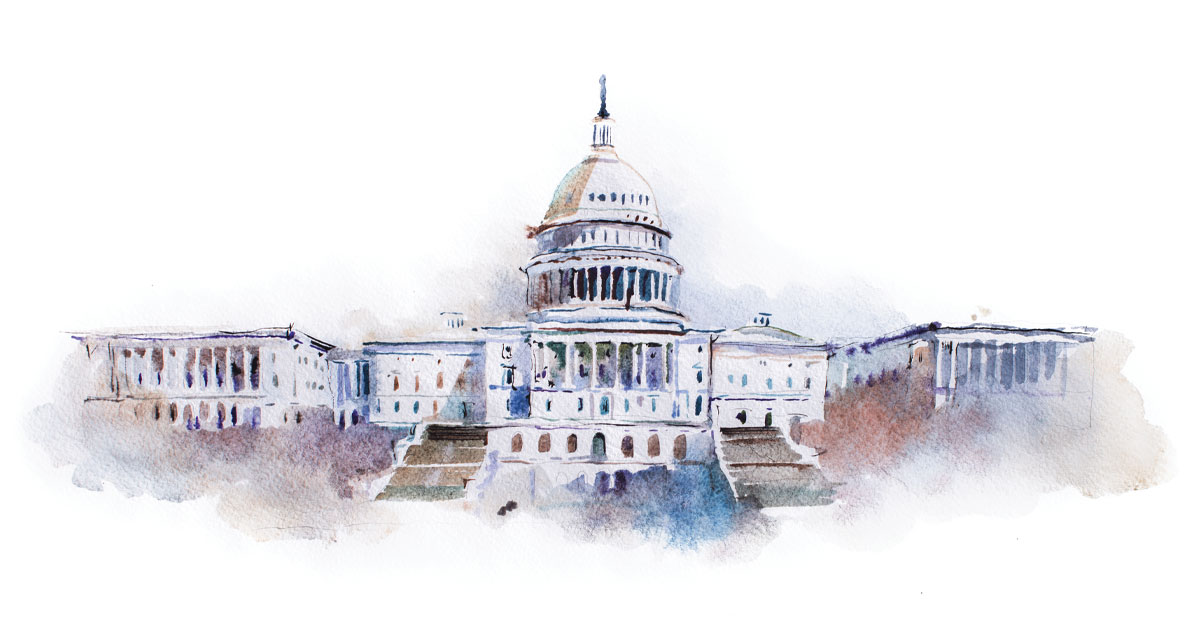Traditions run deep at the White House in Washington, D.C. For decades, they have been hosting events, such as the lighting of the National Christmas Tree, the Turkey Pardoning, and the Easter-Egg Roll. As Easter rolls around this year, many people are planning trips to the nation’s capital to attend the 142nd-annual Easter-Egg Roll. Didn’t know the tradition has been around that long? Learn more about Spring’s festive event with these fun facts.
- The Easter-Egg Roll is held on Easter Monday. This year’s date, the 142nd Easter-Egg Roll, is Monday, April 13th. While the event is free to the public, tickets are only given out on a lottery basis. Unfortunately, the ticket lottery is closed for the 2020 event; however, if you are interested in 2021, gov/easteregg roll will provide instructions in February 2021 on how to enter the ticket lottery.
- The ticket lottery was established in 2009, due to the event’s popularity and draw of large crowds. The lottery’s purpose is to give children from throughout the nation the equal opportunity to attend.
- Attendees will visit and take part in the Egg Roll on the South Lawn of the White House. The activities are designed for children 13 years and younger; however, children of all ages will be able to join in the fun.
- The guest list has been known to include members of the Cabinet, athletes, musicians, celebrities, and more.
- The events are planned by the First Ladies and are based on their own tastes and interests. Sometimes the First Ladies would bring part of their home state and traditions to the event. For example, Lou Hoover added folk dancing and Pat Nixon is credited for starting the traditional egg roll races. Pat Nixon also introduced the visit of the Easter Bunny to the Easter-Egg Roll in 1969. In 1981, Nancy Reagan created the custom of guests receiving a wooden Easter egg when leaving, with the signatures of the President and First Lady, and still to this day, the tradition continues. Lastly, in 2016, as part of her “Let’s Move! Initiative,” Michelle Obama added the White House Fun Run activity.
- President Rutherford B. Hayes officially held the first Easter Egg Roll in 1878. According to the history of the White House, the tradition began when a group of children walked up to a White House gate and asked to play “egg-rolling games.” President Hayes agreed to let them enter the grounds and the rest is history.
- In 1889, President Benjamin Harrison took the celebration up a notch and added music to the event, performed by the United States Marine Band.
- While the first official Easter-Egg Roll started with President Hayes, some historians say President Abraham Lincoln held similar activities during his time at the White House. Starting in the 1870s, President Ulysses S. Grant banned the rolling of eggs on the White House grounds, stating they caused landscape problems. Other historians have said that Dolley Madison organized an Easter Egg Roll on the Capitol lawn in the early 1800s.
- No Easter Egg Rolls were held from 1917 to 1920 and 1943 to 1945 due to World War I and World War II. Then again, in 1946 to 1952, no events were conducted because of food conservation and White House construction. No worries, however; the tradition has been held ever since 1953, unless it has been canceled because of weather.
- Games, which include Egg Picking, Egg Ball, Toss and Catch, and Egg Croquet, have been longstanding activities.
The White House Easter-Egg Roll is a national tradition that has withstood the test of time and continues to be a favorite for many.
Post Views: 2,074



















